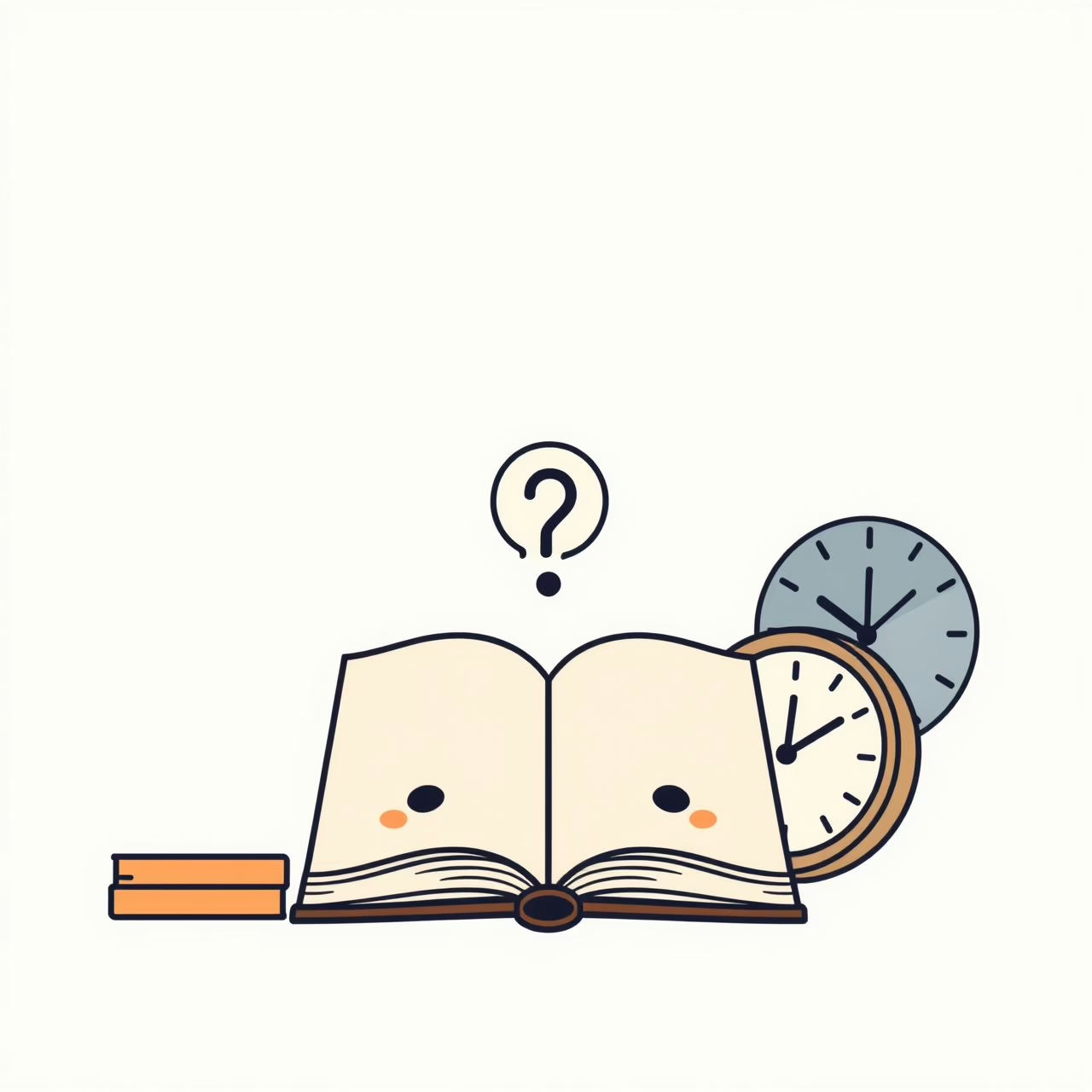
What If Your Child’s Greatest Skill Can’t Be Automated?
Seventy percent of American high schoolers doubt what they’re learning will matter in an AI-driven world. That number sat with me like an overcast September morning—gray but full of possibility. I’ve got a seven-year-old just starting her school journey, and suddenly, the question isn’t just about homework apps or screen limits. It’s deeper: How do we raise kids whose spark no algorithm can replicate? This isn’t about fearing tech; it’s about planting roots deep enough to weather any storm.
Why Are Teens Already Asking, ‘Will This Ever Matter?’

A recent Discovery Education report really struck a chord: 70% percent of high schoolers believe traditional academic skills will soon be replaced by AI. Imagine being a teen staring at a math problem, thinking, Why memorize formulas when an app solves them in seconds? It’s not laziness—it’s a genuine, heart-sinking worry about relevance. When smartphones buzz with distractions and assignments get handed off to chatbots, what’s left to learn? Teachers grapple with this too, wondering what knowledge truly sticks when algorithms outpace human speed.
The real concern isn’t AI itself—it’s how schools haven’t kept up. Passive learning (think: lectures where kids just absorb facts) leaves students feeling like spectators, not explorers. One high schooler captured it perfectly: ‘Why worry about actually learning when you can get an A by outsourcing your thinking?’ That mindset? It’s a wake-up call for all of us—not just educators, but parents watching our little ones take their first steps in classrooms.
What Are the Unbeatable Skills Hiding in Sidewalk Chalk and Stumble?

Here’s the good news: AI won’t replace humans. But it might replace how we’ve taught humans to think. The magic lies in skills that bloom when kids get messy—like when my daughter tries to build a tower with blocks and it tumbles. Critical thinking sparks in that ‘oops’ moment. Creativity ignites when sidewalk chalk turns into a galaxy. Emotional intelligence grows watching a friend cry on the playground and asking, ‘What do you need?’. These aren’t fluffy ideals—they’re bedrock abilities no machine can clone.
Research reveals teens already use AI as a study buddy (quizzing for vocab, brainstorming essays), yet they’re wary: 83.5% believe it boosts efficiency, but many fear it erodes real understanding. One student told Harvard researchers, ‘AI gives answers, but not the “aha!” when you figure it out yourself.’ That thrill of discovery? It’s our secret weapon. And it’s nurtured daily when we let kids wrestle with a puzzle instead of clicking for solutions—because struggle isn’t failure; it’s the gym for growing brains.
How to Raise AI-Ready Humans: Playful Steps for Little Feet

So how do we build that spark early? It’s simpler than drafting a vacation itinerary—start small, keep it joyful. Think of it as packing only the essentials for a family adventure: wonder, not worry.
- Wonder walks over Wi-Fi: Swap 15 minutes of screen time for tracking how fast leaves float in puddles. Observe cloud shapes. Ask, ‘Why do you think ants march in lines?’ It’s not ‘science time’—it’s curiosity in motion, teaching kids to see magic in the mundane.
- Playful problem-solving: When homework stumps them, resist fixing it. Try, ‘What if we drew this out?’ Let them fumble. That math game? It’s a trial run for resilience. Real learning lives in the attempt, not just the answer.
- Tech as a sidekick, not the star: At home, we treat AI like a helpful neighbor—not the boss. ‘Cool that app wrote your story draft! Now, how would YOU end it?’ Balance is key: one hour outside for every hour online keeps roots in reality. (And snack time? Hand them a banana and a knife—peeling it becomes a mini-design challenge!)
It’s not about banning tech; it’s about framing it as one tool among many. Like using a compass on a hike—it points the way, but the journey remains ours.
What Is the Light Within the Clouds: Parenting Hope in Uncertain Times

News like the 70% stat can feel heavy, like that overcast sky this morning. But here’s what lifts my spirits: teens aren’t asking for less—they’re craving more. They want adults to trust them to use AI ‘in a good way,’ as one student put it. They dream of schools where group projects solve real community problems, using AI as a collaborator, not a crutch. That vision? It’s within reach.
As parents, we’re not tasked with predicting the future—we’re building humans who’ll shape it. Every time we crouch down to watch ladybugs with our kids, we’re teaching observation. Every ‘I don’t know—let’s find out together!’ models lifelong learning. The classroom of tomorrow won’t be obsolete; it’ll be transformed by this very hope. And in our homes, the antidote to doubt is simple: nurture the irreplaceable—curiosity, kindness, and the courage to ask, ‘What’s next?’ Together, we’re raising not just kids, but architects of joy. And that’s a skill no machine will ever touch.
Source: 70% of American high schoolers doubt the future value of what they are learning: Will AI make today’s classrooms obsolete?, Times of India, 2025/09/04 01:47:22
